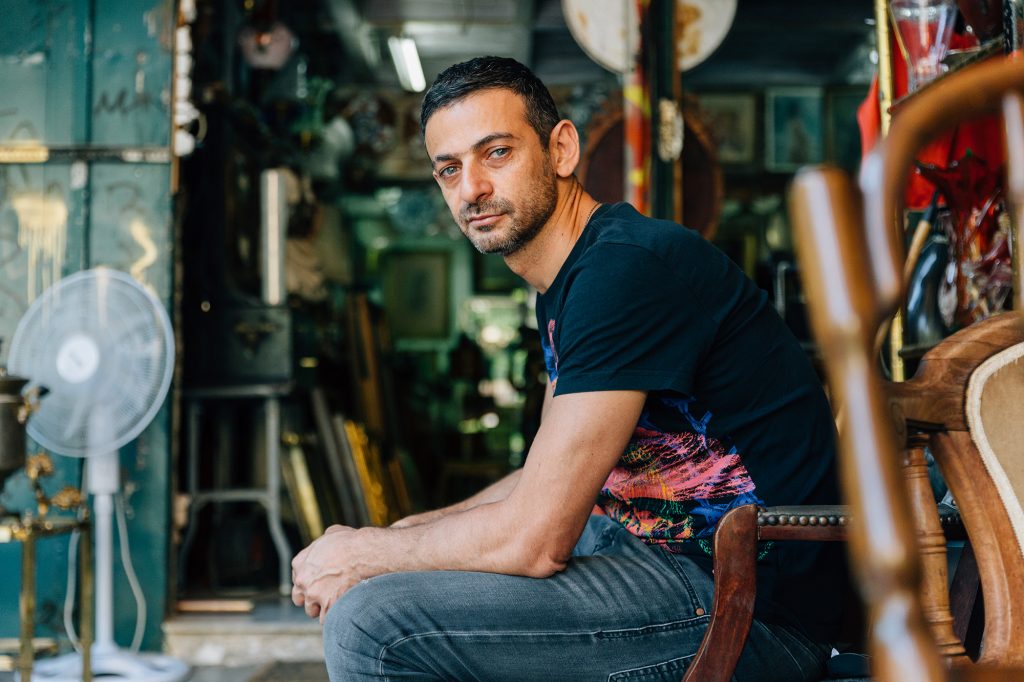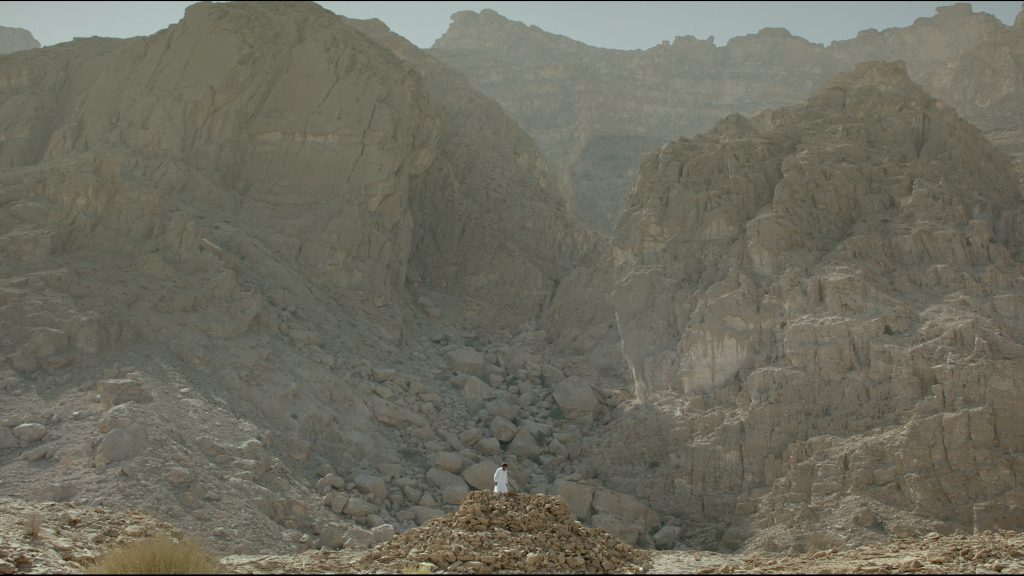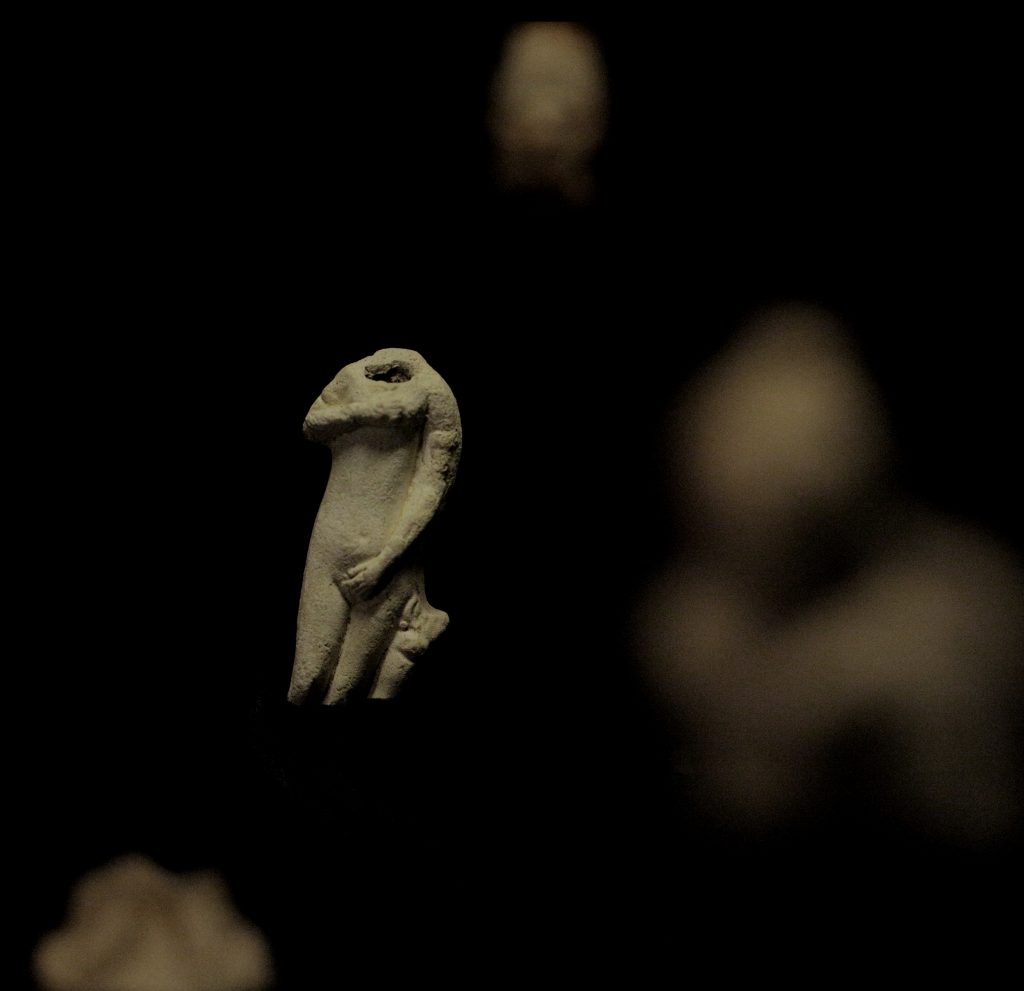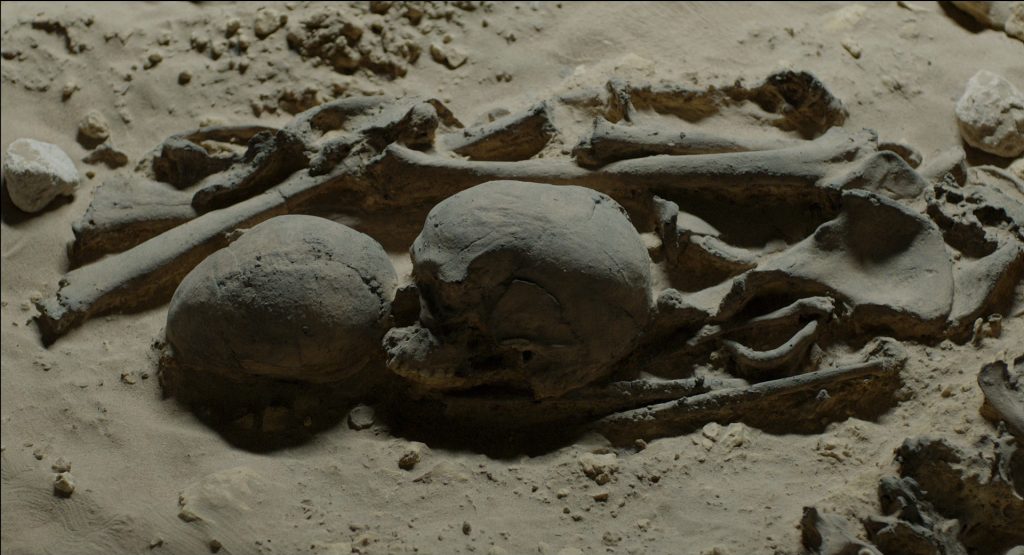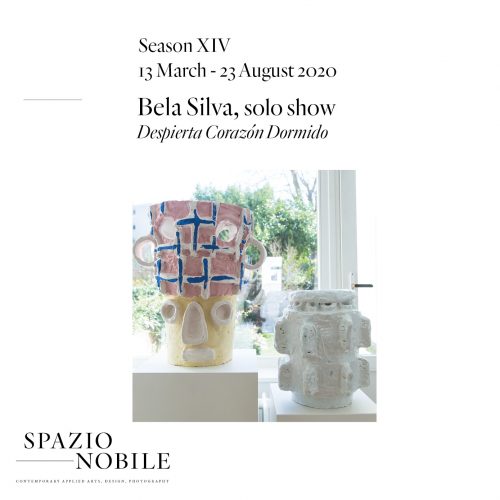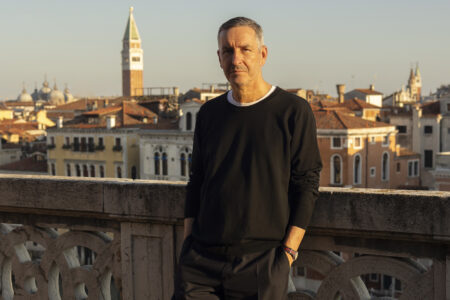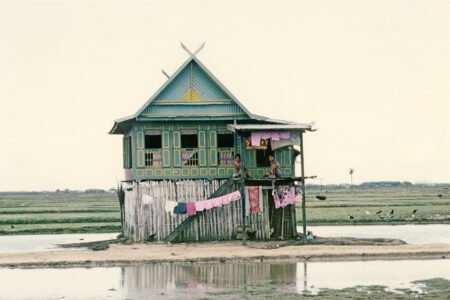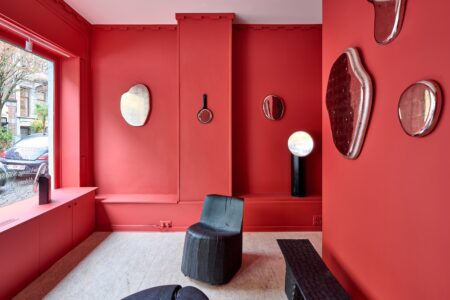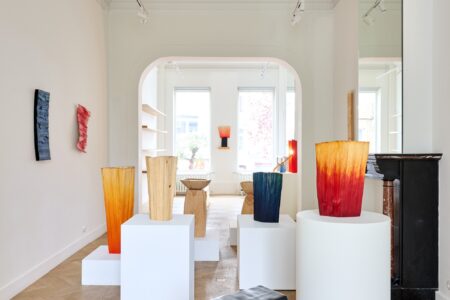Modern Archaeology and the Value of Objects
Here, TLmag presents a conversation between Lebanese artist and designer Ali Cherri and professor and the director of International relations of the DAI in Berlin, Friedrich Lüth.
TLmag: Please tell us about your collaboration for the NEARCH project?
Ali Cherri: When I first applied to NEARCH I had recently made the film, The Digger, which was filmed near Sharjah, in the United Arab Emirates, and I was already interested in themes related to archaeology – looking at ways of writing history and constructing national narratives around objects. I was interested in artefacts and their qualities of deterioration, of being broken or without value, as well as in politics of it, such as in Gulf countries, and how they construct national narratives around these objects. This was the context within which I started the NEARCH residency, and its connection to archaeology connected to what was doing in my studio and the experience led to an installation called, Fragments. In The Digger, I was looking at the how the subject was absent, meaning there were just empty holes in the ground with objects now in a museum, and with Fragments, I was more interested in the market value of objects and looking at auction houses as a barometer in real time of how desire can fluctuate around an object –that the more an object is desired, the higher the price, (and conversely), how the less desired it is, it might not even be sold. Why is there excitement about certain things? I went to several auction houses to film and I also bought some pieces, mostly the cheaper ones, many of which were fake even though they were often sold as being authentic with a certificate and provenance. For the installation of Fragments, I placed these objects on a large light table, equally on the same level, without any text or reference, to encourage people to look at them, not as what they represent, but for what they are, to erase the meta narrative around them. Also, there was a strong human-like quality to many of the objects which made it seem as if they were looking back at us, as if we were subjected to their gaze as much they were to ours.
Friedrich Luth: I worked with two artists, Ali Cherri and Matthew Wilson, and they were very different experiences. With Ali it was immediately an open discussion and we right away touched on difficult points about the field, talking about how artists had different views and approaches than an analytic process that scientists and archaeologists take.
TLmag: Ali – Had you collaborated with an archaeologist / artist in this capacity before?
AC: I worked with an archaeologist onsite while making The Digger, and I had observed their methodologies of working and learned about the history of this excavation site, but for that project I was more interested in the guard who had worked there for twenty-years protecting these empty tombs than the archaeologist or the objects and process. So for NEARCH, I visited Berlin twice and met Friedrich several times and, particularly now that I have worked more and more with other archaeologists and I understand the profession more, I think he is someone very open about his practice and ready to listen to different perspectives. He was open to listening to ideas, and very generous to talk about new trends or methodologies of modern archaeology, which can be very different from one country to another. We had long discussions about modern archaeology, the different practices, and I was interested in what the DAI does in other locations, such as the Arab world region and the Middle East and how they do excavations. I looked to him for information and it was a mutual exchange. He was open to listening to critique, not defensive or insecure at all in his practice, but accepting that an artist, who doesn’t have a scientific point of view, can add something to the conversation.
FL: Yes, I had collaborated with artists before. About 10-15 years ago, I worked with a stage designer in Germany to produce two plays for the theatre about archaeology. Archaeological preservation is quite scientific and structured and I wanted to bring a different approach to the field and science and look at artefacts, to create an emotional experience with these objects and I found a stage designer who agreed to help me do this. So this was the first time of changing the viewpoint of artefacts and facts into telling a story, and by doing this, I saw the artefacts in a different way. With regards to Ali, we were not talking about specific artefacts but talking about the field in a broader way, more open and exploratory. He was working on a project based in Sharjah at the time, where there were these tombs that had been excavated, and where he made his short film (The Digger), which was like an artistic documentary, and this is a good example, because we both do documentaries but from different approaches. Whereas we (scientists) would be more into the facts and data, Ali tells the story through the people who are around the artefacts or what the story is that the artefacts might tell. He was focused on question of who the people are who are dealing with heritage and what it is used for and here he observed that in the first place, it was a foreign archaeologist, a European, who had done the excavation and the other things was that the guard protecting the tomb was himself Pakistani, so that raised the question of what was his relationship to this site. And another question was, what are local museums taking out of that story? And that was a different story all together. Ali was looking at what to do with all these interpretations and this was very interesting to me. As an artist, another one of his ideas (for Fragments) was to use artefacts he bought from the art market, and as a heritage manager, we are not fond of using artefacts that are bought from abroad and auction houses. But this also became an interesting dialogue as well–discussing this practice and their uses, and this widened my perspective on how we could or could not use the secondary market and thinking about their authenticity. So although this was not the first artistic collaboration, it was one of the most intensive. It was very mutual and collaborative in the best sense and I would not have wanted to miss this experience, which has developed into a new personal contact and friendship.
TLmag: How did the environment of le 104 play into this collaboration?
AC: It was a productive environment. I had a studio during the residency and after that I was offered a one-year residency that helped support me to continue the project.
FL: I was just there in the beginning for the launch of the project and it was my first time there. I found the environment and experience of Le 104 very inspiring. Very different. And now I love to visit whenever I get the chance when I am in Paris. I also saw the final exhibition, The Materiality of the Invisible, at Le 104. I had no clue of what the artists were going to produce and it was very interesting to see the results.
TLmag: How did you come to be involved in the project?
FL: I had been involved in the project about archaeology and contemporary Europe and I was selected to become a part of the NEARCH project from there. At DAI (Deutsches Archäologisches Institut), we work on a worldwide scale and under the foreign office and our mission is to enter into cooperation and connection with German scientists and those from abroad, all over the world. We have branches in Teheran, Istanbul, Damascus, Sanaa (those these last two are now closed), so we work in difficult countries and often have special access here. So we help artists get into these countries, such as Ali trying to go to the Sudan, as it can be very difficult.
TLmag: When you accepted the invitation, what did you expect to find in this experience and did you find it?
AC: This residency changed the way I work because it gave me the opportunity of going more in-depth into my research, of going into the field and having discussions with archaeologists and practitioners. In addition, I went to a couple of archaeological symposiums and professional meetings and this led to the installation of Fragments to be exhibited in the Egyptian Museum in Turin, which is one of the most important museum collections outside of Egypt. So yes, it was an important experience.
